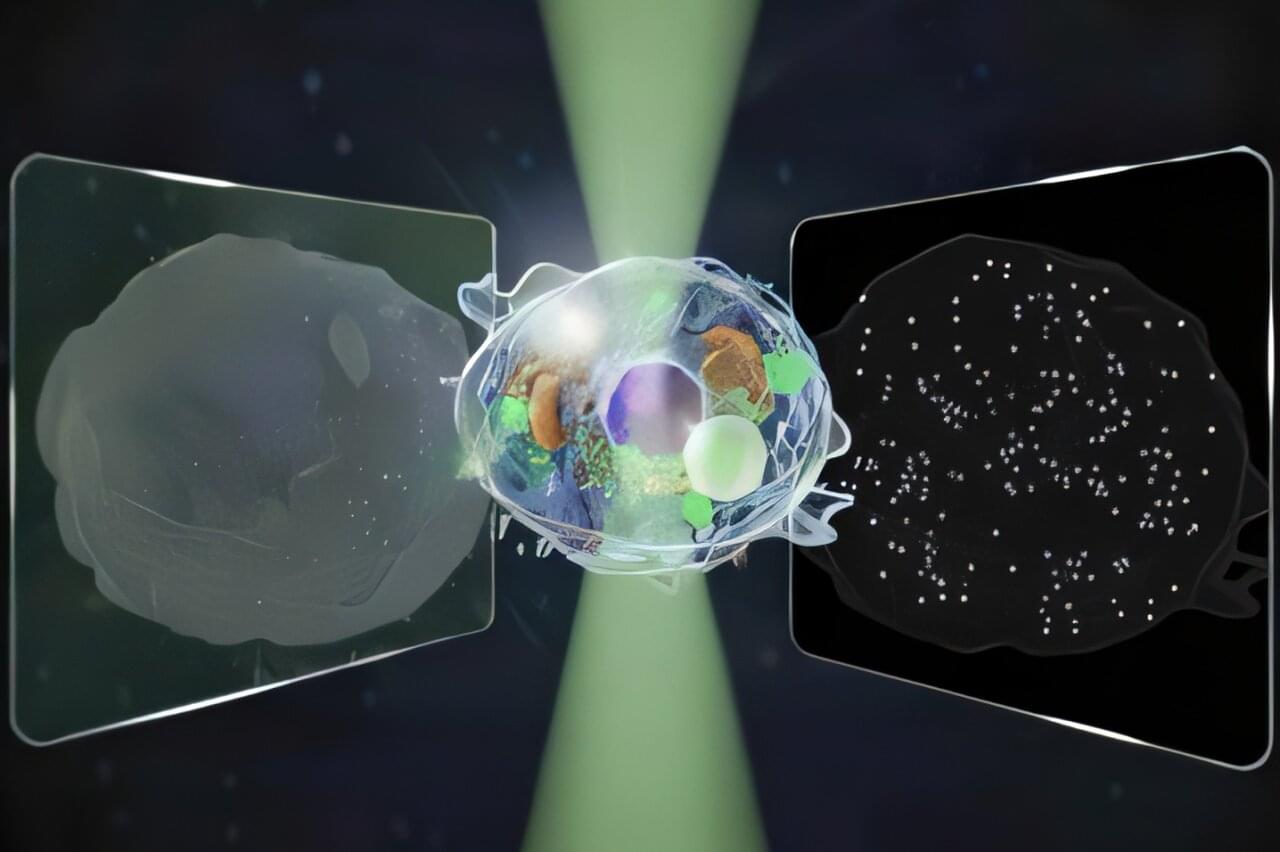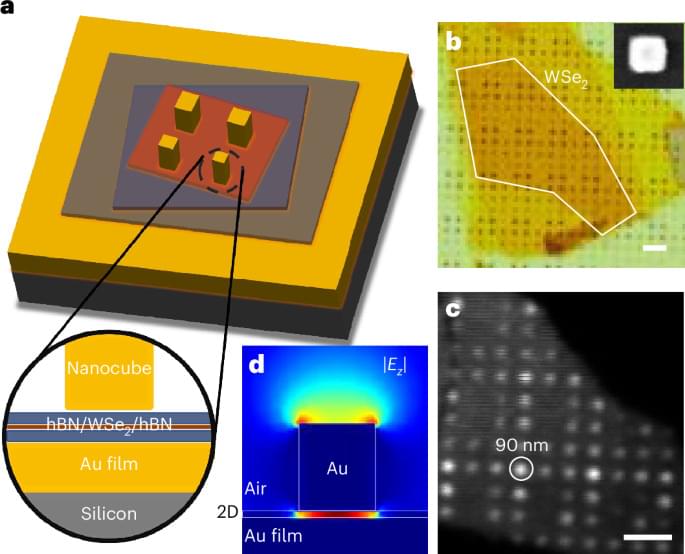New research finds that dying cells leave a “footprint of death” that guides immune responses — but viruses like influenza can exploit this signaling. The discovery, published in Nature Communications, offers new insight into cell death, viral transmission, and potential drug targets.
New insights into the aftermath of cell death might ultimately inform drug development.








